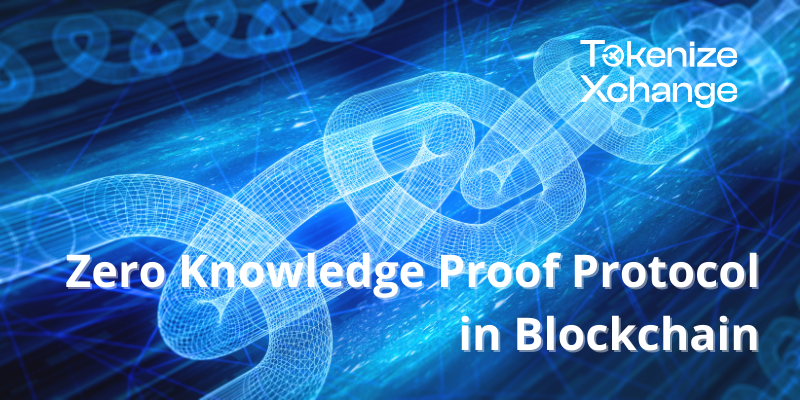
Zero-knowledge proof is a type of cryptographic protocol that allows one party, known as the prover, to prove to another party, known as the verifier, that they possess certain information without revealing the actual information itself. This concept is based on the idea that the prover can provide evidence that they know something without revealing what that knowledge is.
Advantages of Zero-knowledge Proofs
The main advantage of zero-knowledge proofs is that they allow for secure authentication without requiring the sharing of sensitive information. This makes them useful in various applications, such as electronic voting systems and secure identification protocols.
How Zero-knowledge Proof Works
In a zero-knowledge proof, the prover first prepares a statement that they want to prove to the verifier, for example, a statement such as, “I know the secret password.” The prover then performs a series of mathematical operations on the statement to create a “proof” that they can present to the verifier.
The verifier then checks the proof to determine whether it is valid. If the proof is valid, the verifier can be confident that the prover knows the secret password, but they do not learn the password itself.
There are several fundamental properties that make zero-knowledge proof effective. First, it must be computationally infeasible for the prover to create fake proof. Second, the proof must be verifiable by the verifier, so that they can be confident that the prover knows the secret information. And finally, the proof must be zero-knowledge, meaning that the verifier does not learn any information about the secret information from the proof.
Example of a Zero-Knowledge Proof
One example of a zero-knowledge proof is the “Schnorr protocol”, named after its creator, Claus-Peter Schnorr. In this protocol, the prover and verifier each have a public and private key, and the prover wants to prove that they know the corresponding private key without revealing it.
To do this, the prover creates proof by performing a series of mathematical operations on their private key and the statement they want to prove. The verifier then checks the proof by performing the same operations on the prover’s public key and the statement. If the resulting values match, the proof is considered valid.
Zero-knowledge proofs provide a powerful tool for secure authentication without revealing sensitive or confidential information. As advancements continue to be made in this field, we can expect to see wider adoption of this technology in different applications as a powerful tool for more secure communication, data exchange and protection in the digital world.